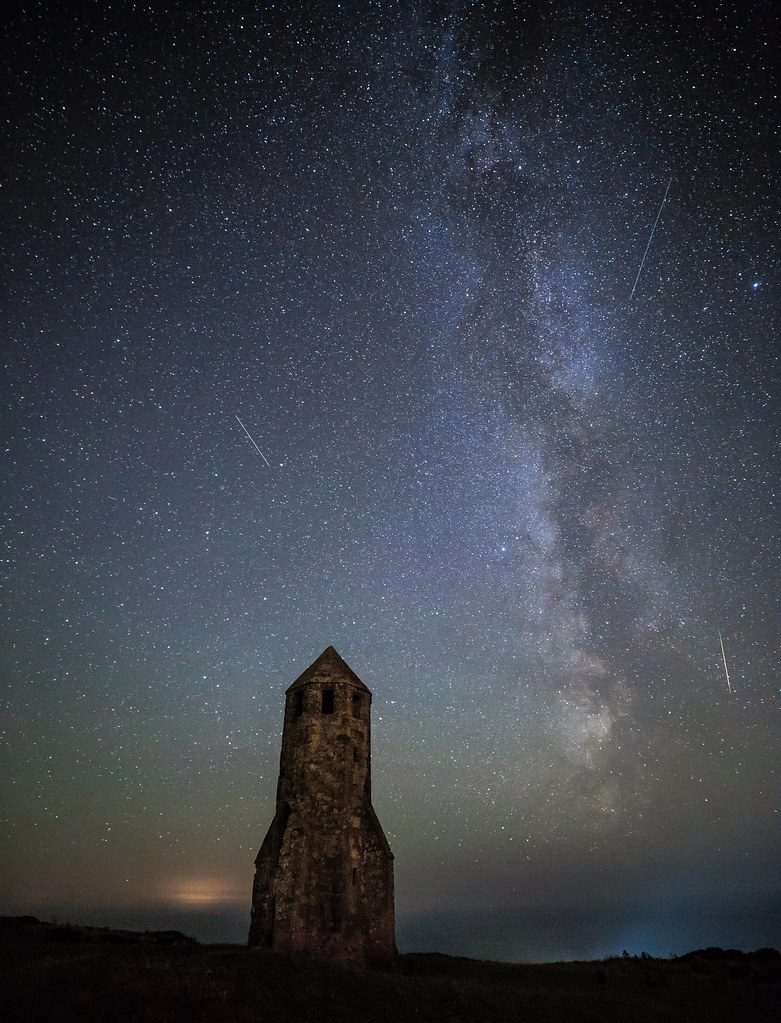- Messages
- 1,783
- Name
- Jim
- Edit My Images
- Yes
OK. Having seen and photographed the northern lights this week, I've a bit of a hankering to try out astro photography. My kit at the moment includes
Nikon 16-35 F4
Sigma 24-105 F4 Art
I think these are probably a bit on the slow side for astro so I'm looking for advice on what to go for on Nikon FF to add to my kit
The Nikon 14-24 2.8 is a bit rich for my tastes even used at this point but if it's the one to get then I'll save the pennies. That puts the Zeis lot in the distance also I think
Samyang 14mm 2.8- is it considered to wide- does the fixed wide focal length cause any issues with nice composition?
Are th sigma 20/24mm 1.4's used much for astro
Anyone using an irix 15mm 2.4?
Any other advice. I don't have a specific budget in mind but £1k used for the nikon makes me pause but I would if I thought it was best bang for buck- might just take ame a bit longer to drag my wallet out of my pocket.
General guidance on good starting lens for astro is the main thing.
I've got tripod, cable release, hat, gloves, scarf, wooly socks, warm boots, waterproof jacket, headtorch and flask already
Nikon 16-35 F4
Sigma 24-105 F4 Art
I think these are probably a bit on the slow side for astro so I'm looking for advice on what to go for on Nikon FF to add to my kit
The Nikon 14-24 2.8 is a bit rich for my tastes even used at this point but if it's the one to get then I'll save the pennies. That puts the Zeis lot in the distance also I think
Samyang 14mm 2.8- is it considered to wide- does the fixed wide focal length cause any issues with nice composition?
Are th sigma 20/24mm 1.4's used much for astro
Anyone using an irix 15mm 2.4?
Any other advice. I don't have a specific budget in mind but £1k used for the nikon makes me pause but I would if I thought it was best bang for buck- might just take ame a bit longer to drag my wallet out of my pocket.
General guidance on good starting lens for astro is the main thing.
I've got tripod, cable release, hat, gloves, scarf, wooly socks, warm boots, waterproof jacket, headtorch and flask already



